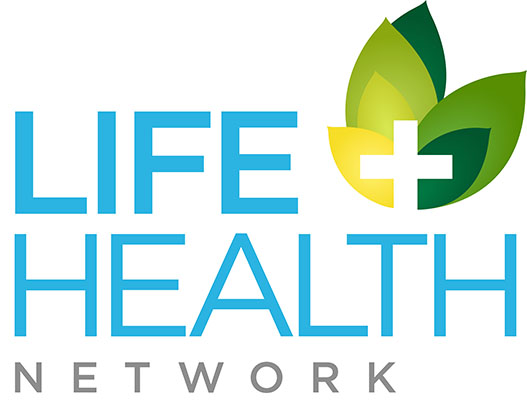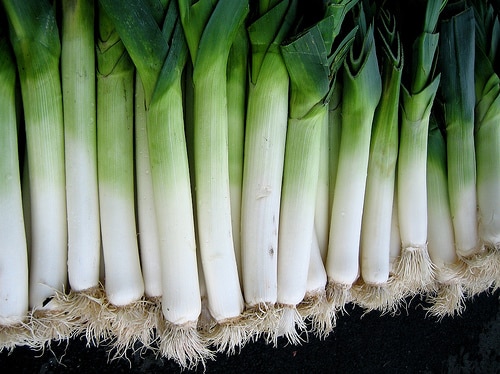Leeks are related to garlic, onions, scallions, and shallots in the allium vegetable family. They can easily be mistaken for jumbo-sized scallions, having a small bulb that extends to green, flat leaves. Similar to the other allium vegetables, leeks have many health benefits that can improve many health conditions such as those related to inflammation and the cardiovascular system.
Disease/Ailments:
Cardiovascular disease
Protection against certain cancers
Inflammation
Atherosclerosis
Rheumatoid arthritis
Health benefits:
Cardiovascular health: Leeks contain important phytonutrients that are particularly beneficial for cardiovascular support. Flavanoid kaempferol helps protect the blood vessel linings from damage such as that caused by overly reactive oxygen molecules. Leeks are also concentrated with antioxidant polyphenols, compounds that play a significant role in protecting blood vessels and cells from oxidative damage.
Antioxidant: Leeks are high in sulfur compounds which play an important role in support of the body’s antioxidant functions. In addition, these coumpounds are beneficial for detox mechanisms and formation of connective tissue.
Good source of:
Vitamin K, B6, C, manganese, copper, iron, and folate
Purchasing, storing, & enjoying:
Purchasing: Leeks should be firm with green leaves and white bulbs. Smaller leeks tend to be less fibrous in texture and easier to cook. Leeks are available throughout the year, but more available in supply in the fall and early part of spring.
Storing: Store leeks unwashed and untrimmed in the refrigerator. They will last for one to two weeks. Wrapping them loosely in plastic wrap will help them to retain moisture. Blanching and freezing leeks will keep in the freezer for up to three months.
Enjoying: Cut off green tops and remove outer layers of leaves. Cut off the root and cut the leek in half lengthwise and then into thin strips widthwise. Let leeks sit for at least five minutes to maximize health benefits. Leeks can be enjoyed sauteed, in a broth, raw in salads, and in soups.
Recipes:
Grilled leeks with Asian vinaigrette: http://www.seriouseats.com/recipes/2009/01/indoor-grilling-leeks-with-asian-vegetables-recipe-mark-bittman.html
Barley stew with Leeks, Mushrooms, and Greens: http://www.epicurious.com/recipes/food/views/Barley-Stew-with-Leeks-Mushrooms-and-Greens-356352
Creamy Potato Leek Soup: http://www.care2.com/greenliving/creamy-potato-leek-soup-vegan.html#
References:
Brat P, Georgé S, Bellamy A, et al. Daily polyphenol intake in France from fruit and vegetables. J Nutr. 2006 Sep;136(9):2368-73. 2006.
Chun OK, Chung SJ, and Song WO. Estimated dietary flavonoid intake and major food sources of U.S. adults. J Nutr. 2007 May;137(5):1244-52. 2007.
Nimni ME, Han B and Cordoba F. Are we getting enough sulfur in our diet?. Nutr Metab (Lond). 2007 Nov 6;4:24-36. 2007.
Phillips KM, Rasor AS, Ruggio DM, et al. Folate content of different edible portions of vegetables and fruits. Nutrition & Food Science 2008, 38(2):175-181. 2008.
Somerset SM and Johannot L. Dietary flavonoid sources in Australian adults. Nutr Cancer. 2008;60(4):442-9. 2008.
Xiao HB, Jun-Fang, Lu XY et al. Protective effects of kaempferol against endothelial damage by an improvement in nitric oxide production and a decrease in asymmetric dimethylarginine level. European Journal of PharmacologyVolume 616, Issues 1-3, 15 August 2009, Pages 213-222. 2009.

